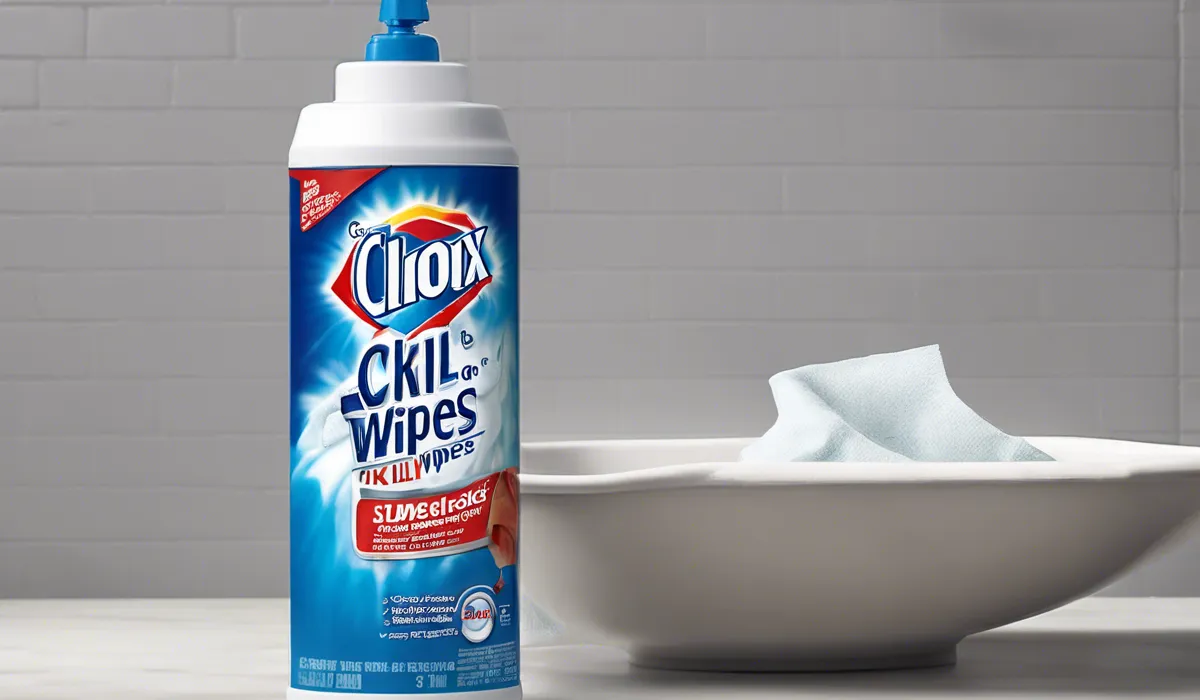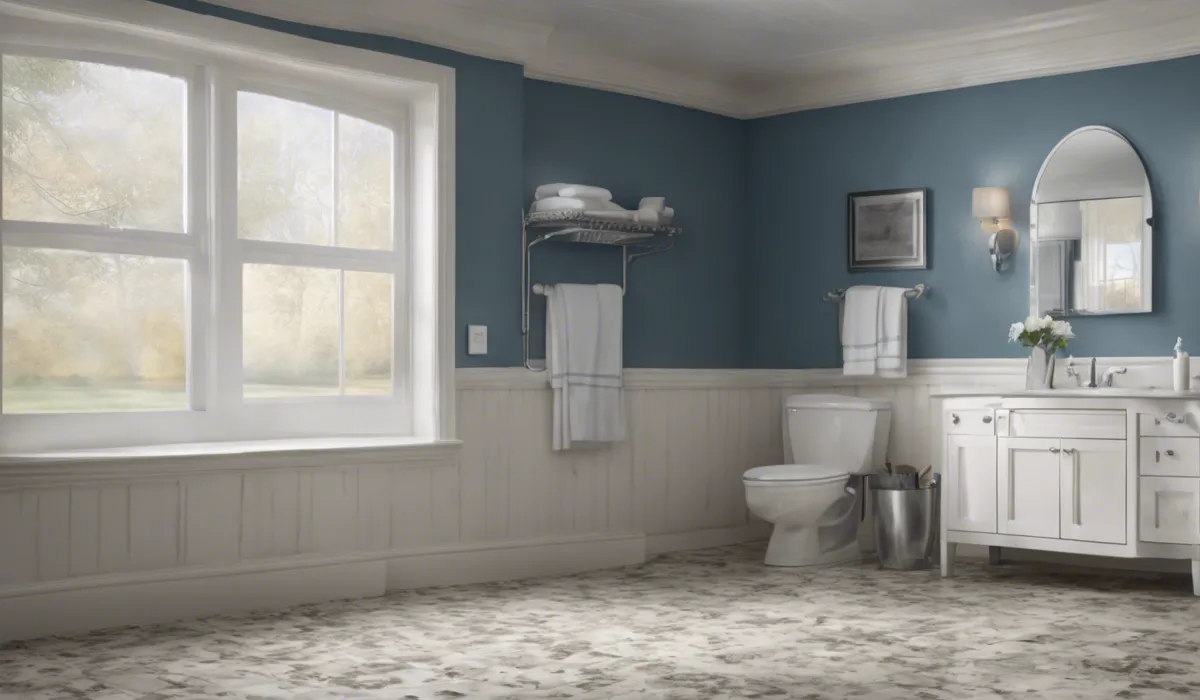Yes, Clorox wipes can kill mold on non-porous surfaces. They contain disinfecting agents that eradicate mold spores, preventing further growth. However, for porous surfaces or extensive mold, professional removal may be necessary.
Understanding Mold and Its Challenges

What Is Mold?
Mold is a type of fungus that lives all around us. It is made up of small organisms found almost everywhere. Mold grows best in warm, damp, and humid conditions.
When mold spores land on a surface that is moist, they begin to grow and spread. Mold is not always bad; in nature, it breaks down dead leaves and plants.
However, when mold grows inside our homes, it can cause problems.
Common Mold Habitats in Homes
Mold is commonly found in areas with high humidity. Places like bathrooms, kitchens, and basements can be perfect for mold growth.
It can also grow around leaks in roofs, windows, or pipes. Anywhere there is water or dampness, mold might grow.
Health Risks Linked to Mold
Exposure to mold can lead to health problems. Some people are sensitive to molds. For these people, molds can cause nasal stuffiness, throat irritation, coughing or wheezing, eye irritation, or, in some cases, skin irritation.
People with mold allergies may have more severe reactions, and immune-compromised individuals can get serious lung infections when they are exposed to mold.
The Challenge of Mold Eradication
Getting rid of mold completely can be a challenge. Mold spores are tiny and can easily spread through the air to new locations.
When they find a moist spot, they can start to grow again. This is why simply cleaning mold is not enough. You have to address the source of moisture that allowed it to grow in the first place.
Efficacy of Clorox Wipes Against Mold

Active Ingredients in Clorox Wipes
Clorox wipes contain disinfecting agents such as quaternary ammonium compounds and hydrogen peroxide.
These ingredients are known to kill bacteria and viruses, and they can also be effective against mold spores on non-porous surfaces.
How Clorox Wipes Act on Surfaces?
When you wipe a surface with a Clorox wipe, the chemicals in the wipe work to break down the cell walls of the mold spores.
This kills the mold and prevents it from growing back, as long as the surface remains dry and clean.
Clorox’s Position on Mold
Clorox claims that their wipes can help keep mold at bay on hard, non-porous surfaces.
However, they do not claim that wipes are a complete solution for mold issues, especially for porous surfaces or serious mold problems that require professional remediation.
Effectiveness Against Mold Spores and Stains
Clorox wipes can kill mold spores present on non-porous surfaces, which helps prevent future mold growth. However, they may not always remove mold stains.
Mold stains are left behind after the mold has been killed and may require additional cleaning with specialized products.
Clorox Wipes and Porous Surfaces: The Limitations
Clorox wipes are less effective on porous surfaces like wood or drywall.
These surfaces can absorb moisture and allow mold to grow beneath the surface where the wipes cannot reach. In such cases, more extensive remediation may be needed.
Best Practices for Mold Prevention and Remediation

Addressing the Moisture Source
To prevent mold, the first step is to address any moisture problems. This could mean fixing leaks, drying out damp areas, and ensuring that your home has good ventilation. Without moisture, mold cannot grow.
Steps to Prevent Mold Growth
Preventing mold involves keeping your home dry and clean. Use dehumidifiers to keep humidity levels down.
Ensure that your bathroom, kitchen, and basement have good air circulation. Clean up any spills or leaks immediately to prevent mold from getting a foothold.
Using Clorox Wipes for Mold Control
Clorox wipes can be used to clean and disinfect small areas of mold on non-porous surfaces. Wiping down these areas regularly can help prevent the spread of mold spores.
Deciding Between Professional Help and DIY
For small mold problems, DIY methods like Clorox wipes may be sufficient. But for large infestations or mold on porous surfaces, it’s best to call in professional mold remediators.
They have the tools and expertise to safely and effectively remove the mold.
Other Effective Methods and Products
Besides Clorox wipes, there are other products and methods for dealing with mold. These include bleach solutions, vinegar, and specialized mold removal products.
It’s important to choose the right method for the type of surface and extent of the mold problem.
FAQs About Clorox Wipes Killing Mold
Can Clorox wipes completely remove mold on non-porous surfaces?
Yes, Clorox wipes can kill and remove mold on non-porous surfaces by eradicating mold spores and preventing further growth.
Are Clorox wipes effective against mold on porous surfaces?
No, Clorox wipes are not recommended for mold on porous surfaces; professional mold removal may be required in such cases.
What disinfecting agents in Clorox wipes help to kill mold?
Clorox wipes contain disinfecting agents like bleach or quaternary ammonium compounds that are effective in killing mold spores.
Can I use Clorox wipes to prevent mold growth?
Yes, using Clorox wipes can help prevent mold growth by disinfecting surfaces and killing potential mold spores.
What should I do if I have extensive mold at home?
For extensive mold issues, especially on porous surfaces, it is advisable to seek professional mold removal services.
Final Thoughts
Clorox wipes are effective at killing mold on non-porous surfaces due to their disinfecting properties, which eliminate mold spores and hinder growth.
However, they may not be suitable for porous surfaces or severe mold issues, where professional remediation is recommended for proper removal.
